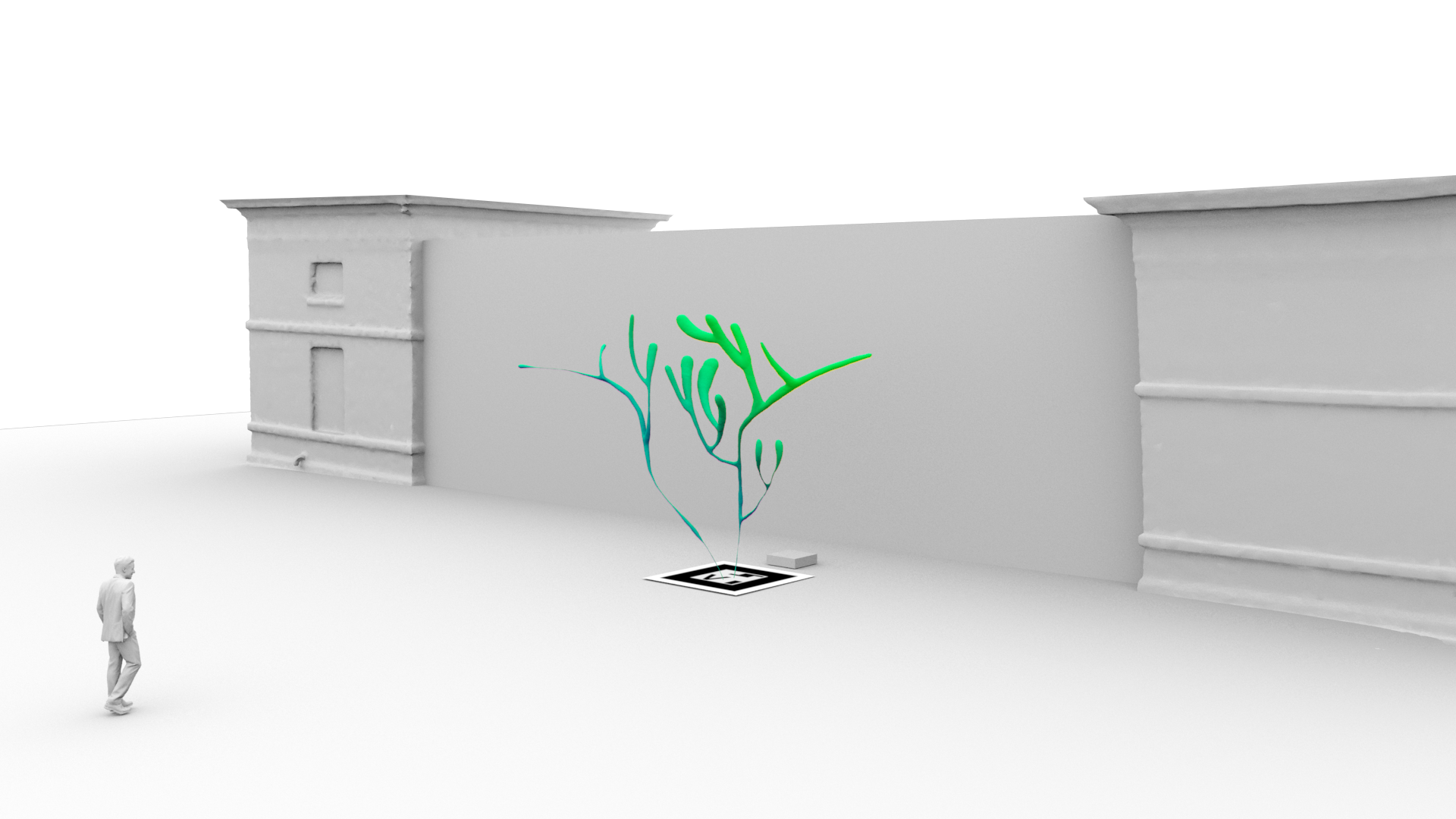STREET AR-t
This research investigates why we should stop going to art galleries - for a while.
produced by: Valerio Viperino
This project explores how to get people engaged with artworks outside of the places where they expect to witness them.
The primary inspiration for thinking of new ways to enjoy art comes from the Street Art lesson: the artworks of this genre present themselves in raw, unexpected places, outside of the natural comfort zones of art such as galleries and exhibitions, as Banksy showed in his documentary (1).
When to know we will visit a gallery, we prepare ourselves to witness beauty, and by doing so we create expectations on what will see. These expectations can be so powerful that a pair of glasses gets confused for a real piece (2).

Creating an expectation and preparing for something are two core psicologic processes responsible for our perception of beauty. In his book "The little prince", Antoine de Saint Exupery neatly reveals this link in this famous dialogue:
“It would have been better to come back at the same hour” said the fox.
“If, for example, you come at four o'clock in the afternoon, then at three o'clock I shall begin to be happy. I shall feel happier and happier as the hour advances. At four o'clock, I shall already be worrying and jumping about. I shall show you how happy I am! But if you come at just any time, I shall never know at what hour my heart is to be ready to greet you…
One must observe the proper rites…”
This is especially true in the case of modern works as site specific installations and audio visual performances: the fact that we know we will be part of an event sometimes plays a bigger role than what the actual artwork "means" or wants to reveal, or what is the true intent of the artist.
It is my personal believe that in order to really experience art, it may be useful to remove this extra latent layer of knowing "when to be ready", and that's exactly the purpose behind the genre that Banksy, Obey and others have explored.
In the specific case of Bansky, we don’t even know him or his socio-cultural environment. Other biases may emerge, as it’s natural, but the space where we witness his work will be unexpected, raw, and will bring a greater momentum to the piece. So - if we discover that anonymity is a virtue - can we then use computational methods to help achieve it?
Since we no longer need a single author, an artist that signs the back of his painting, can we then put collective, emergent computational processes at the core of this new creative practice?
In my presentation I will discuss some examples of why Augmented Reality can be a good medium to achieve new ways of experiencing and thinking about art.
Presentation:
A keynote of the presentation can be found at this address: https://github.com/vvzen/MACA/blob/master/end-1-term-projects/cart , the name is cart_presentation.key .
References:
(1) Exit through the gift shop, 2010, Movie, IMDB link accessed on May 2018: http://www.imdb.com/title/tt1587707/
(2) LMAO WE PUT GLASSES ON THE FLOOR AT AN ART GALLERY AND..., Website Link, Accessed on May 2018, https://twitter.com/cuttyboy_tj/status/734951316095533057



































































